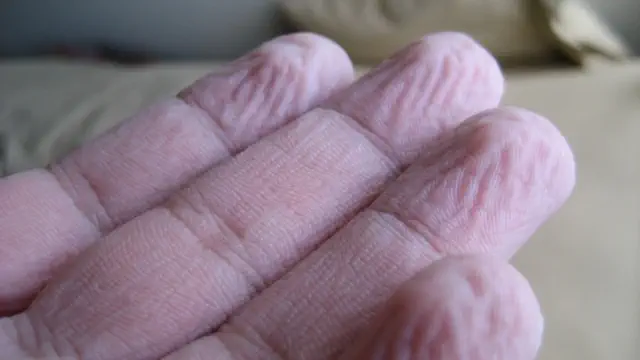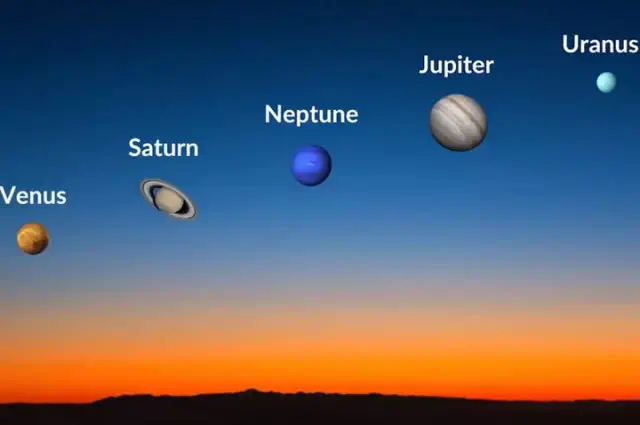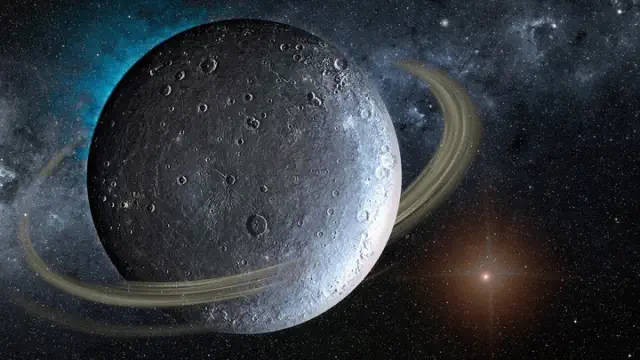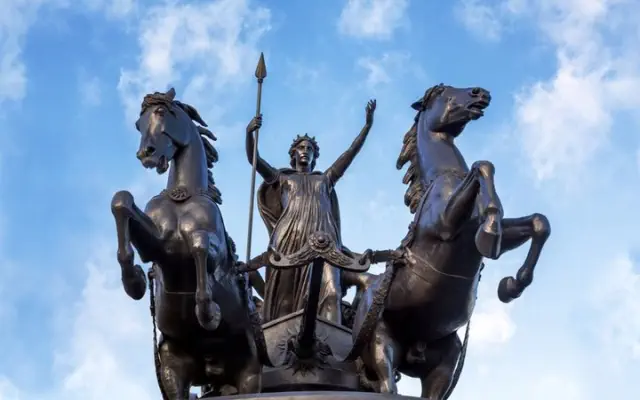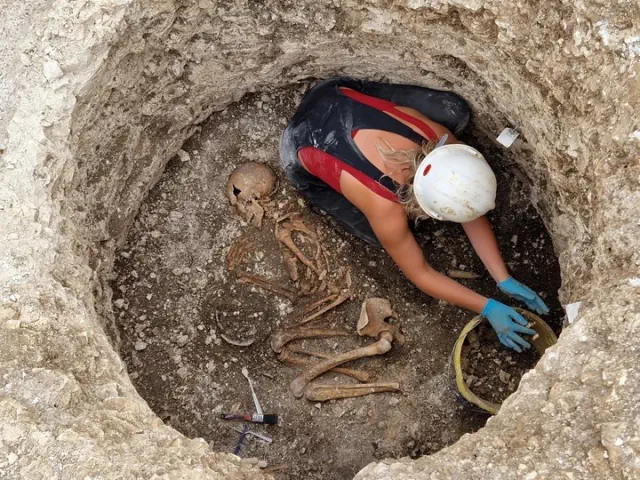The Webb telescope has recently cracked the 'universe-shattering mystery'.
View pictures in App save up to 80% data.
A depiction of the James Webb Space Telescope as it travels around the sun, located one million miles away from Earth within our solar system. Credit: SA GSFC / CIL / Adriana Manrique Gutierrez
The James Webb Space Telescope might not have broken our understanding of the universe, after all.
Previously, astronomers used Webb to spot curious, faint, and extremely ancient red dots that they surmised were giant galaxies. But there was a problem. It shouldn't have been possible for such massive galaxies — the earliest of which formed just some 500 to 700 million years after the universe was created — to have enough material to form copious amounts of stars and solar systems. (The universe is about 13.7 billion years old.)
New insights from the powerful space observatory, orbiting 1 million miles beyond Earth, suggest the faint light of these distant "little red dots" is actually generated by active black holes at the center of the galaxies. That means the red light we see isn't coming from the glow of a prodigious number of stars.
"This is how you solve the universe-breaking problem," Anthony Taylor, an astronomer at the University of Texas at Austin who co-authored the research, said in a statement.
"Nasa clarified, 'In contrast to what some headlines suggest, cosmology is not in disarray,' alluding to previous media reports about the cosmic dilemma."
The findings were showcased during the 245th gathering of the American Astronomical Society.
Astronomers looked at a wide population of the red objects observed so far, spanning a number of different Webb surveys and elapsing hundreds of millions of years. Around 70 percent of the red objects "showed evidence for gas rapidly orbiting 2 million miles per hour (1,000 kilometers per second)," NASA explained. That's a telltale sign of a strong black hole: Black holes — which are objects wielding extreme gravitational power — amass accretion disks of super-heated, rapidly spinning dust, gas, and particles.
If the scientists' findings are accurate, the illumination you observe from the red objects beneath is produced by the black holes located at the core of these ancient galaxies.
View pictures in App save up to 80% data.
A selection of the "little red dots" observed by the James Webb Space Telescope. Image credit: NASA / ESA / CSA / STScI / Dale Kocevski (Colby College)
The tweet might have been removed.
The situation, however, is not entirely resolved.
Mashable Rapid Velocity
Looking for more incredible stories about technology, space, and science that are truly out of this world?
Subscribe to Mashable's weekly Light Speed newsletter.
By clicking Sign Me Up, you confirm you are 16+ and agree to our Terms of Use and Privacy Policy.
Astronomers plan to continue their exploration of the intriguing red dots. Notably, these objects start to show up in significant quantities approximately 600 million years post-Big Bang, only to see a dramatic decrease in their numbers around 900 million years later, which corresponds to 1.5 billion years after the Big Bang. What could be the reason behind this? Are they possibly being hidden from our view?
Webb scientists will continue weighing their novel observations with our understanding of how the universe works.
Dale Kocevski, an astronomer from Colby College in Waterville, Maine, who spearheaded the research, remarked, "There are often multiple ways to interpret the puzzling characteristics of the little red dots. It's an ongoing dialogue between theoretical models and observational data, striving to achieve a harmony between what corresponds effectively and what contradicts."
The remarkable capabilities of the Webb telescope
The Webb telescope — a scientific collaboration between NASA, ESA, and the Canadian Space Agency — is designed to peer into the deepest cosmos and reveal new insights about the early universe. It's also examining intriguing planets in our galaxy, along with the planets and moons in our solar system.
Here's how Webb is achieving unparalleled feats, and likely will for decades to come:
- Giant mirror: Webb's mirror, which captures light, is over 21 feet across. That's over two-and-a-half times larger than the Hubble Space Telescope's mirror. Capturing more light allows Webb to see more distant, ancient objects. The telescope is peering at stars and galaxies that formed over 13 billion years ago, just a few hundred million years after the Big Bang. "We're going to see the very first stars and galaxies that ever formed," Jean Creighton, an astronomer and the director of the Manfred Olson Planetarium at the University of Wisconsin–Milwaukee, told Mashable in 2021.
- Infrared view: Unlike Hubble, which largely views light that's visible to us, Webb is primarily an infrared telescope, meaning it views light in the infrared spectrum. This allows us to see far more of the universe. Infrared has longer wavelengths than visible light, so the light waves more efficiently slip through cosmic clouds; the light doesn't as often collide with and get scattered by these densely packed particles. Ultimately, Webb's infrared eyesight can penetrate places Hubble can't.
"It reveals the truth," Creighton remarked.
- Peering into distant exoplanets: The Webb telescope carries specialized equipment called spectrographs that will revolutionize our understanding of these far-off worlds. The instruments can decipher what molecules (such as water, carbon dioxide, and methane) exist in the atmospheres of distant exoplanets — be they gas giants or smaller rocky worlds. Webb looks at exoplanets in the Milky Way galaxy. Who knows what we'll find?
"We might learn things we never thought about," Mercedes López-Morales, an exoplanet researcher and astrophysicist at the Center for Astrophysics-Harvard & Smithsonian, told Mashable in 2021.
Already, astronomers have successfully found intriguing chemical reactions on a planet 700 light-years away, and have started looking at one of the most anticipated places in the cosmos: the rocky, Earth-sized planets of the TRAPPIST solar system.

